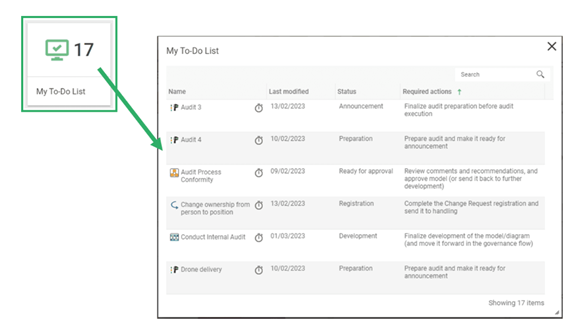Why do organisations need Application Portfolio Management (APM)?
It has become rare for employees to experience a working environment that lacks some form of Information Technology. Applications and their supporting technologies have become critical in delivering business services. Understanding and managing when and where different applications are used, and their role in providing business capabilities is crucial for effective cost and resource management and reducing complexity.
Because IT is so dynamic and plays such a crucial role within all enterprises, it is challenging to manage without a proper tool that accounts for all the applications and their costs, resources, and interdependencies. This challenge is especially evident when keeping track of implemented, upcoming and ongoing changes to mission-critical applications while in continuous operation.
In increasingly complex environments where the IT function could exist in several departments or branches of the business, organisations are also facing so-called “Shadow IT”, where there is no clear overview and governance of the IT portfolio, leading to a situation that becomes unmanageable and increasingly difficult to address the challenges and opportunities which the business is faced with.
Furthermore, the costs of supporting and maintaining all the applications may not be optimised, as some applications may be redundant or not aligned with business capabilities.
By attending to APM as a strategic approach to managing and optimising the portfolio of applications, organisations can make more informed decisions on which applications should be included or excluded from their portfolio.
Business benefits of APM – IT as a strategic partner of the business
In short, APM facilitates the strategic alignment of the IT environment with the organisation’s business goals and objectives. A general overall efficiency in IT investment also becomes evident – where IT becomes a strategic partner of the business to ensure competitive advantage. This partnership is critical for organisations who wish to step away from silos and accelerate Digital Transformation.
Some of the key business benefits of APM include:
- Cost Reduction and Optimization
- Application Rationalization
- Decision-Making
- Increased Agility and Innovation
- Risk Mitigation and Compliance Management
Cost Reduction and Optimization
APM enables organisations to assess the costs associated with applications in their IT portfolio. By evaluating the costs of the application – organisations can realise value, optimise spending, and reduce costly expenses on IT systems.
Organisations may find some applications underutilised or redundant in functionality, and that licences, maintenance and support costs may be excessive.
Getting notified
When a user becomes responsible for a task, they get notified in QualiWare. The system will guide them and show their required actions on the task.
It is easy to access a task in the personal to-do list from the dashboard in QualiWare.
